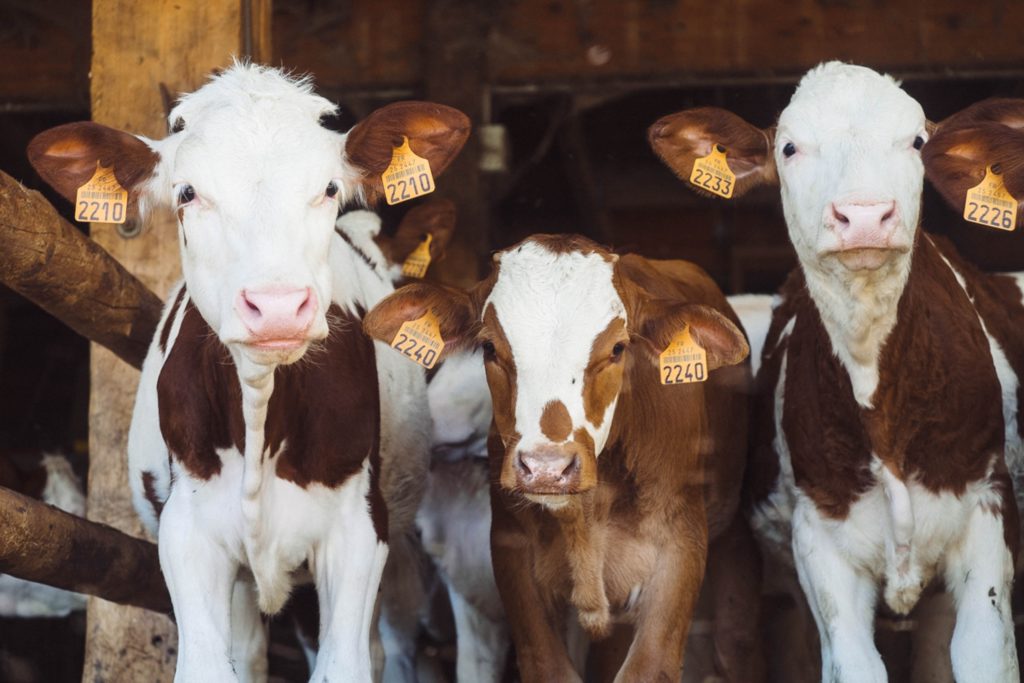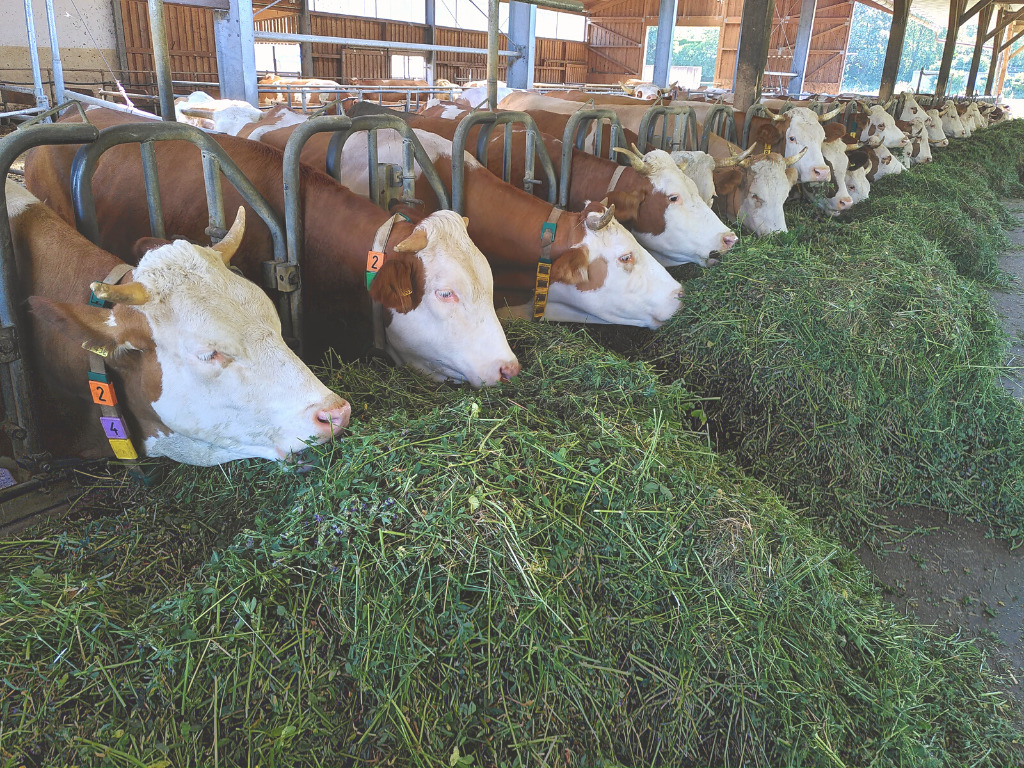2021 Methane Emissions Levels Moved In the ‘Wrong Direction at a Rapid Pace,’ Study Finds
3 Mins Read
Global methane emissions rose to their highest levels last year, according to new findings from NOAA, the National Oceanic and Atmospheric Administration.
Methane is the second most common heat-trapping gas contributing to climate change behind carbon dioxide. And according to NOAA, 2021 saw a record surge in methane emissions.
“Our data show that global emissions continue to move in the wrong direction at a rapid pace,” Rick Spinrad, the NOAA administrator, said in a statement. “The evidence is consistent, alarming, and undeniable. We need to build a Climate Ready Nation to adapt for what’s already here and prepare for what’s to come. At the same time, we can no longer afford to delay urgent and effective action needed to address the cause of the problem — greenhouse gas pollution.”
Methane on the rise
Findings show methane increased to 17 parts per billion in 2021, about 162 percent over pre-industrial levels and the largest percentage increase since measurements began in 1983.
Methane is produced during oil and gas extraction. It’s also produced by landfills and wastewater. But the biggest source of methane—about 25 percent—comes from farming livestock.

Currently, about 60 billion land animals are raised for food and materials every year. Their manure and belches produce methane, which is significantly stronger than CO2, though, about 84 times more potent. More than 83 percent of the world’s farmland is used for livestock but produces only 18 percent of the world’s calories, according to Oxford researchers.
A growing body of research points to the need to reduce human dependence on animal-based protein to meet Paris Agreement targets. Eating less meat is also one of the easiest ways for consumers to affect change on a daily basis.
“Reducing methane emissions is an important tool we can use right now to lessen the impacts of climate change in the near term, and rapidly reduce the rate of warming,” Spinrad said. “Let’s not forget that methane also contributes to ground-level ozone formation, which causes roughly 500,000 premature deaths each year around the world.”
Reducing methane emissions
A recent study co-authored by Pat Brown, founder of vegan meat brand Impossible Foods, found that eliminating agriculture combined with restoring 30 percent of land back to its natural vegetative state would not only decrease methane and nitrous oxide levels significantly, but also convert 800 billion tons of carbon dioxide into “forest, grassland, and soil biomass,” the equivalent of a 68 percent decrease in CO2.
“Eliminating animal agriculture would have a quicker and greater impact over the next 20 to 50 years, the critical window for avoiding climate catastrophe, and thus should be at the top of the list of potential climate solutions,” Brown said.

“There is,” he added, “an enormous, previously unrecognized opportunity to sharply bend the trajectory of climate change within a couple of decades, with multiple additional environmental and public health benefits, and minimal economic disruption.”
NOAA’s new findings come on the heels of the latest installment of the IPCC’s Sixth Climate Assessment Report, which suggested methane emissions need to drop by more than 33 percent in the next few years to keep global temperatures from rising past the 1.5°C Paris Accord targets.
The IPCC report said reducing methane emissions by 45 percent by 2030 would not only help avoid climate change disasters but also prevent more than 255,000 premature deaths.



